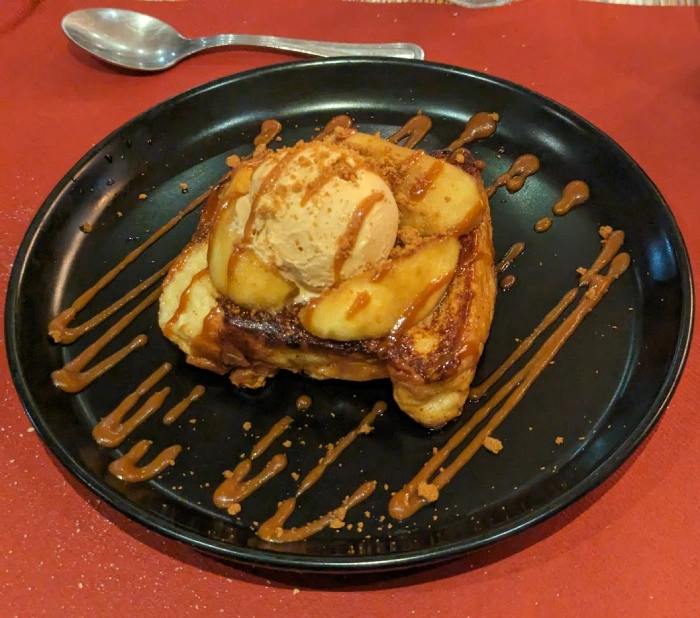For Polygon, Patricia Hernandez wrote a really insightful peace on MrBeast, his symbiotic rise with YouTube, and how he warped YouTube in his image — but YouTube is warping him back
:
MrBeast embodies this ostentatious era of YouTube so fully that some, like Smigel, consider the platform’s current phase synonymous with Donaldson. You see his influence everywhere, in the types of boisterous content people make, the brisk editing styles populating all of YouTube’s trending content, and even in the way YouTubers style their video thumbnails. Up until recently, MrBeast had the biggest video on the platform. Rare is the video that doesn’t take cues from MrBeast’s signature and endlessly memeable reaction face. As far as detractors like McLoughlin are concerned, MrBeast copycats are a plague on YouTube. And even if they do wholly original content, by and large, the most visible creators on the platform produce videos that mimic the extremes of someone who is willing to spend millions on a shoot.
“With MrBeast, it feels like you are watching a millionaire live out his fantasies,” Smigel told Polygon.
As I read the article, I could feel myself getting more and more queasy with each paragraph. I wrote about my weird feelings towards MrBeast on Bluesky a few days ago and while I feel kinda validated by the article, I also feel hollow inside. It’s all so soulless. I watch content that isn’t related in terms of subject matter but the inspiration is clearly there: the opened mouthed thumbnails, the ostentatious titles, the cookie-cutter themes.
I don’t find any of this aspirational or a way to live life. Most of us will never amass the fortunes that MrBeast has, and that’s by design of capitalism. For people to be that rich, most people have to be that poor and philanthropy is more of a moral signpost than a remedy of balance.
He could just give the money away without a video showing people moonwalking on hot coals (I don’t know if MrBeast has ever made a video about that but it wouldn’t surprise me). But millions of people love it and don’t see—or want to see—the murky underbelly of how it got there, nor think it’s “deep” enough to look. All I know is it won’t last forever, because nothing like this ever does.





